
OLYMPUS DIGITAL CAMERA
In this week’s Torah reading–Mikketz–Joseph is finally released from prison and brought to Pharaoh to interpret two dreams which none of Egypt’s magicians had been able to do. As I was reading the text this week, I realized that Pharaoh’s dreams were repeated; first, the biblical narrator told us the details of the dreams, and then, Pharaoh himself related the same dreams.
Why take up all that ink telling us, the reader, something we already know? We know from having studied previous texts that if the Torah repeats something, there’s almost always a reason, and this time is no exception. When Pharaoh repeats the dream, he includes details that the biblical narrator didn’t; in other words, he embellishes the story. Presumably, this wasn’t just to try and trip Joseph up, it was the reason that all of Pharaoh’s other magicians and dream interpreters failed; they missed important details. Because Joseph acknowledged that God was interpreting the dreams, he was successful, and like any good business person pitching an idea, offered a solid solution to the problem.
He was then elevated by Pharaoh to a status higher than when he was in Potiphar’s house. Joseph is also given a woman named Asenath as a wife, and according to one midrash (rabbinic legend) she was the daughter of Jacob and Leah’s daughter, Dina, who had been raped by Shechem ben Hamor. This allowed Joseph to still marry within his Israelite community, as his father and grandfather did before him.
Joseph and the dreams come in three sets of two, underscoring the importance of their messages. In a way, they also illustrate Joseph’s transformation from a “full-of-himself” teenager to a capable, yet humble leader. His first set of dreams, suggesting that he would rise above his family, does indeed come true, but gets him thrown into a pit and sold into slavery. The two dreams he interprets in prison can be seen as personal progress, but don’t yield immediate results. The third set, Pharaoh’s dreams, bring him out of darkness and into the limelight, for which he is now ready.
Along with humility and an understanding that his ability to interpret dreams comes from the Divine One, Joseph also learns when to speak and what to share. However, when confronted with his brothers when they come to purchase grain during this world-wide famine, his humility seems to go out the window, and he toys with them, causing much anguish to them, and to his father Jacob as well. A biblical “two steps forward, one step back” in terms of personal growth and behavior.
In next week’s Torah reading, Joseph will reconcile with his brothers and be reunited with his father, but he’s been away too long, and the family damage has been done. When we’ve been hurt, it’s so tempting to be vengeful and want to hurt back. The sign that we have truly grown as individuals and become people who make a positive difference in the world, is that we learn a lesson of “what not to do” from this part of Joseph’s story.
May Hanukkah be filled with love and light; and may each of us bring light into the lives of others.

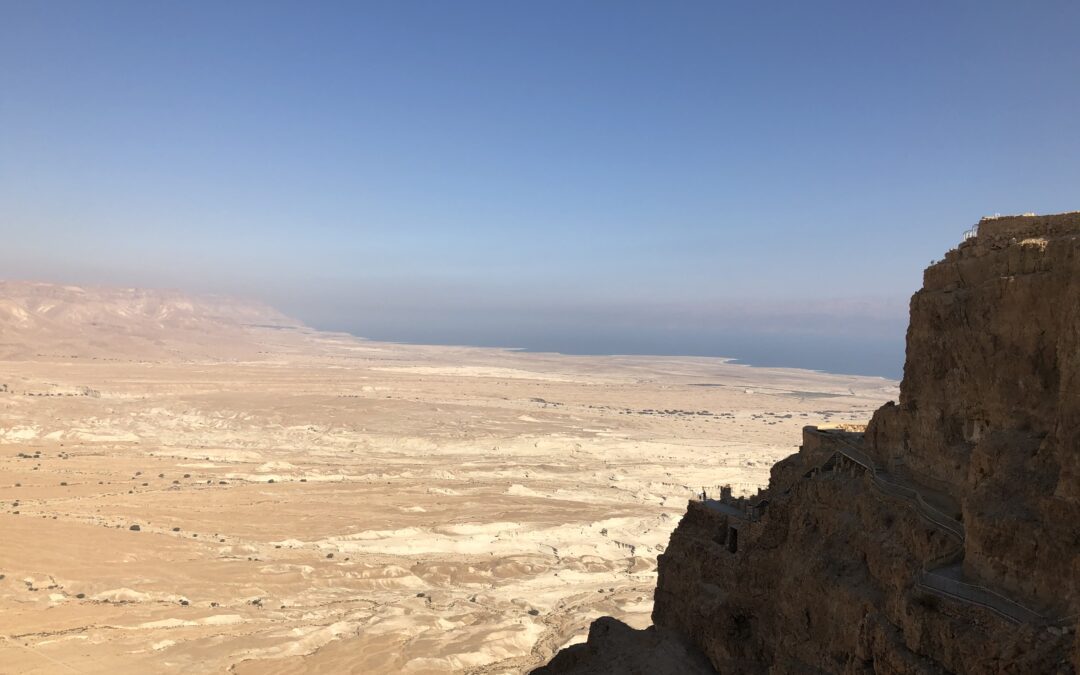

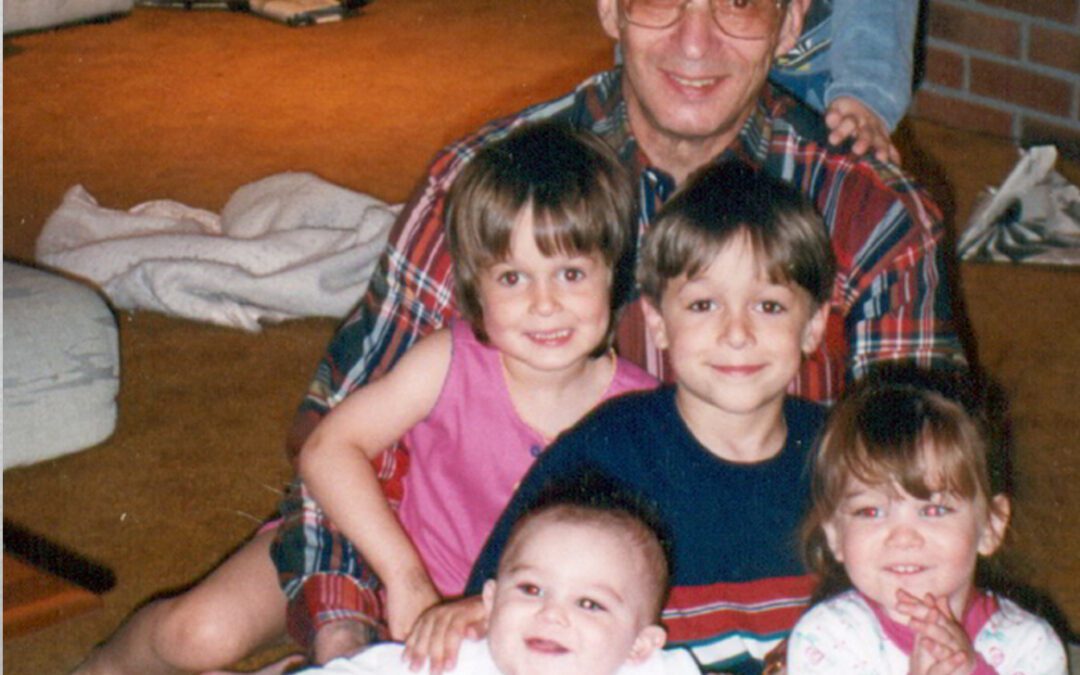

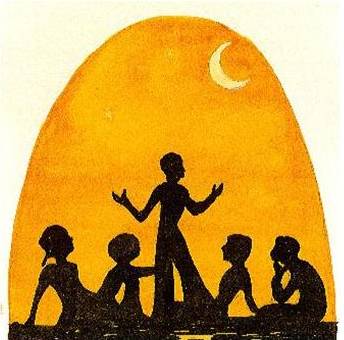
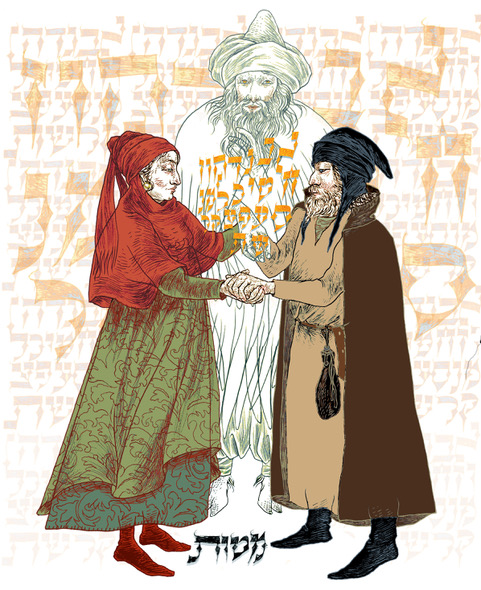
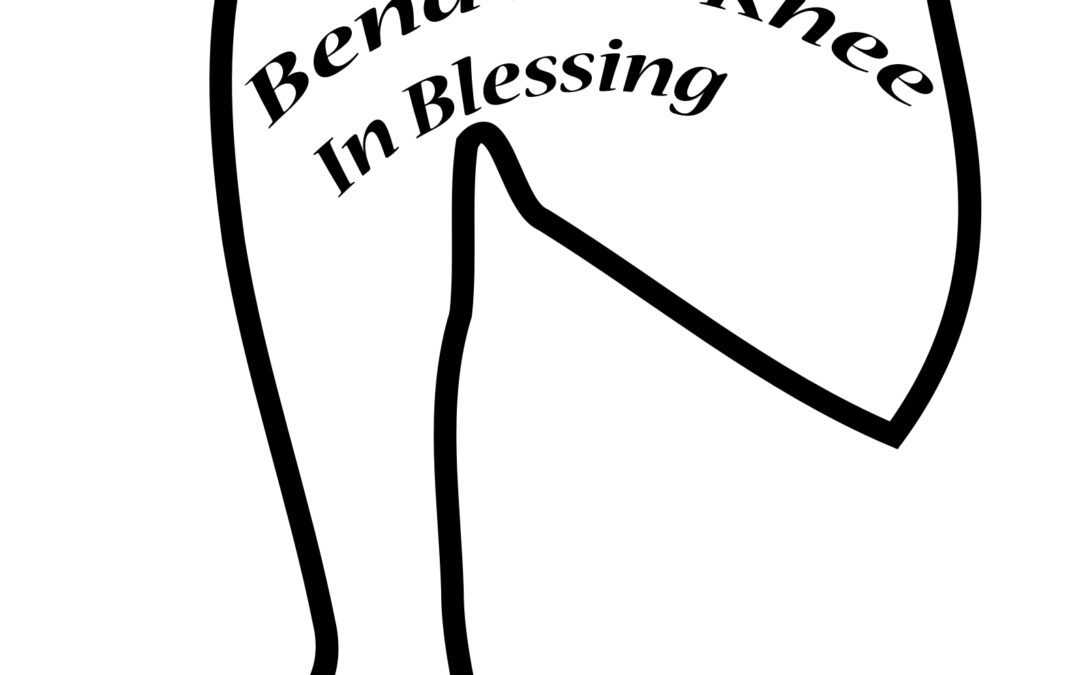


0 Comments